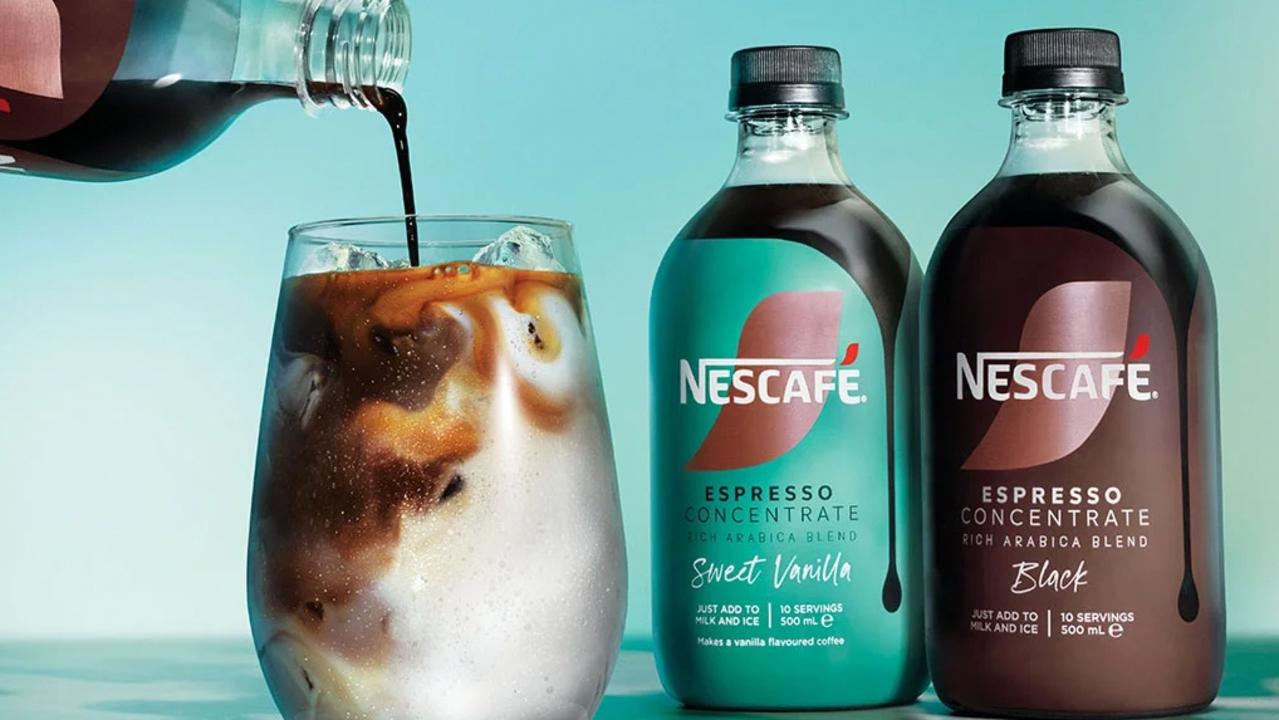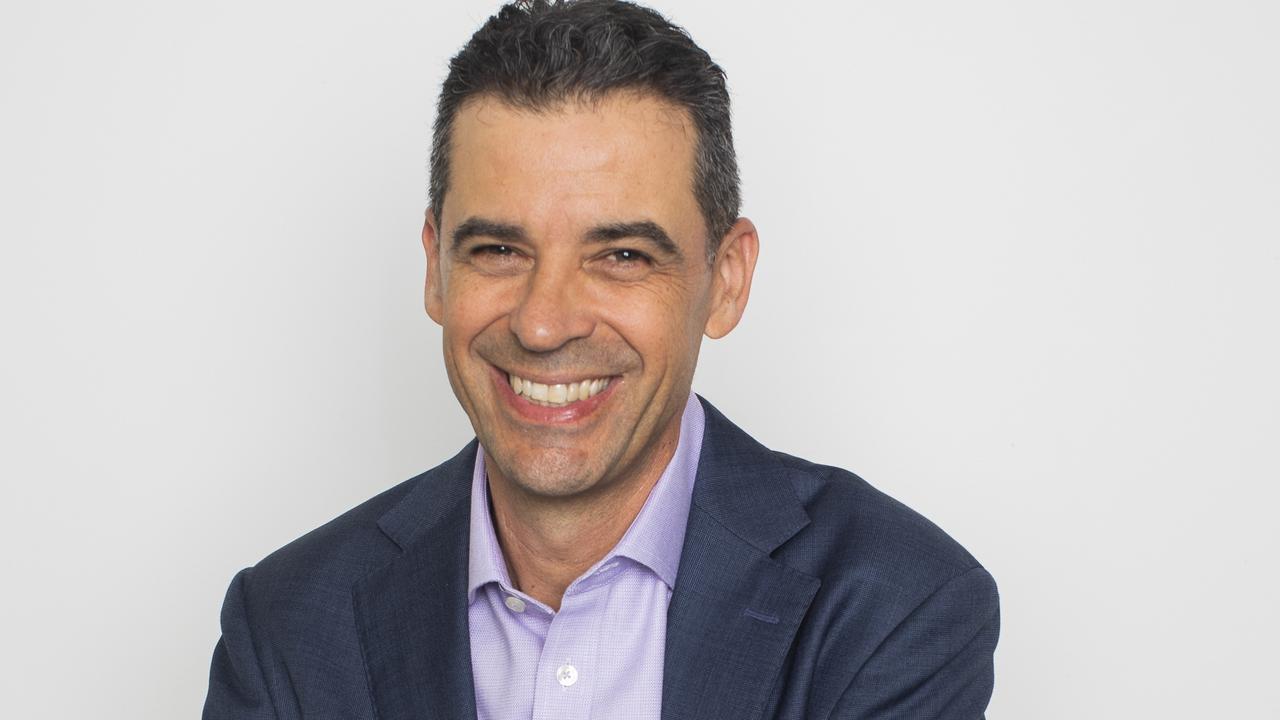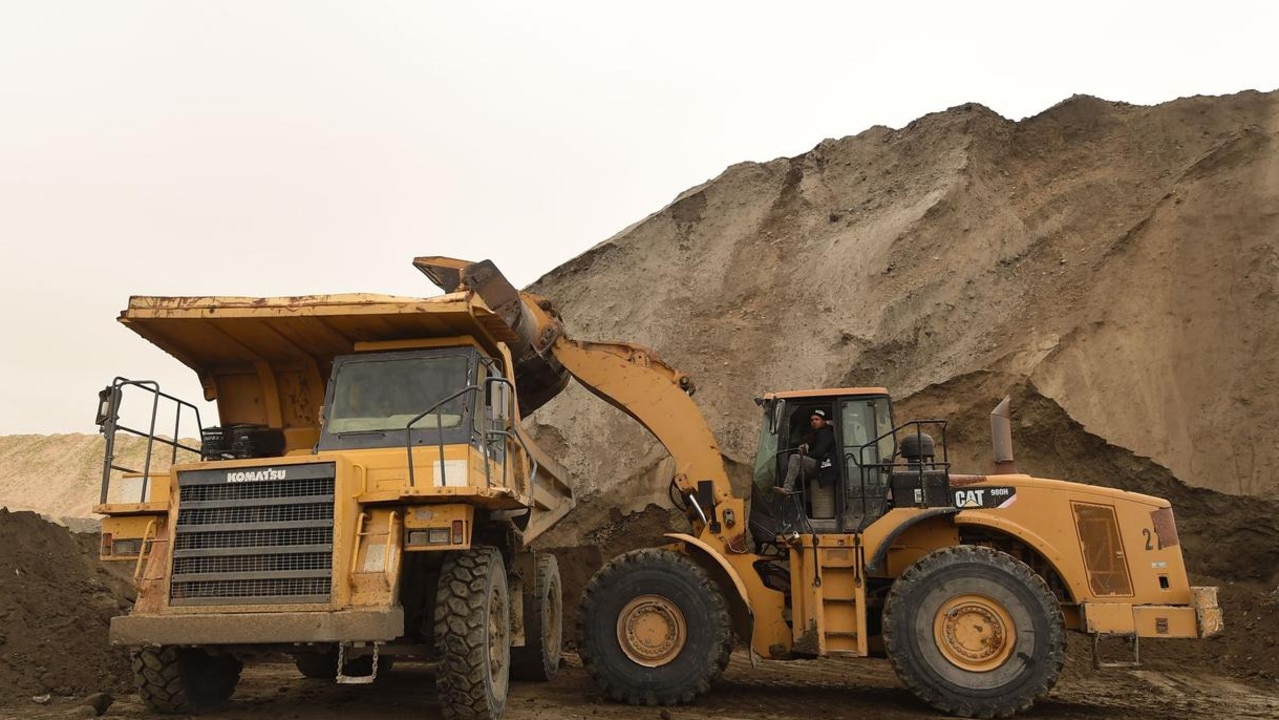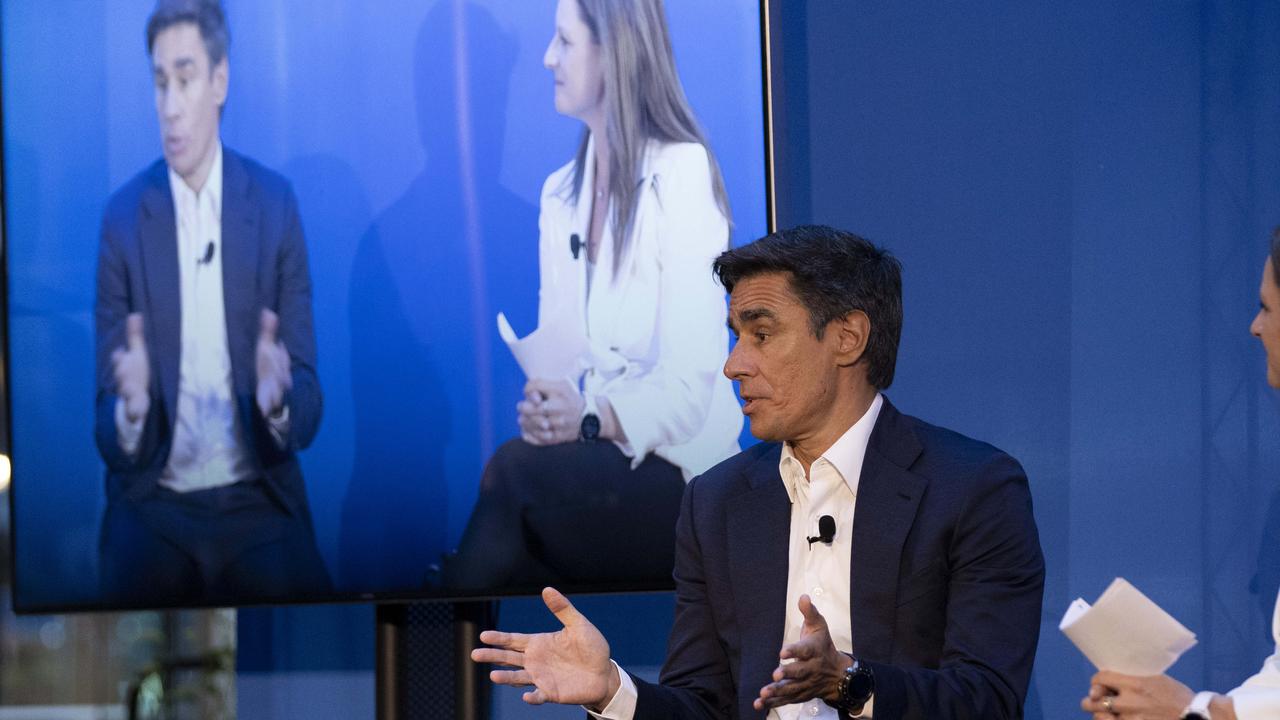Nescafe’s instant coffee sales up as cost-of-living hits takeaway budgets
As barista-brewed coffee gets more expensive, people are increasingly turning to premium instant coffee blends to drink at home, while younger people are embracing coffee concentrate for homemade iced coffees.

Business
Don't miss out on the headlines from Business. Followed categories will be added to My News.
Coffee lovers are finding alternative ways to get their fix as the price of a barista-brewed cup at the local cafe races to $7, and increasingly, this means rediscovering a taste for instant coffee.
And many younger drinkers are avoiding the traditional morning coffee altogether, instead opting for cold coffee concentrate to make iced coffee creations. They too are skipping the cafe and brewing at home to stretch household budgets.
This is all music to the ears of Martin Brown, Australian general manager for Swiss giant Nestle and its coffee arm, Nescafe.

Rise of at-home coffee
Mr Brown wants cafes to succeed: strong ‘coffee culture’ serves his portfolio of Nescafe blends and the Nespresso platform well, and he wants to see both categories thrive.
“I think the out-of-home cafe channel is incredibly important to the coffee culture in Australia, and I think it’s very complimentary to in-home consumption,” Mr Brown told The Australian.
“So I actually see a very healthy coffee category as being one where there is a strong, vibrant out-of-home coffee culture that then drives the trends into the home as well.”
Threatening this vibrancy is the spike in the price of coffee beans, caused by poor growing conditions, as well as supply chain disruptions that have slashed global supply and pushed prices up.
Coffee bean prices
But Mr Brown sees this imbalance starting to correct in the next year and, hopefully, generating a moderation in coffee bean prices to help both cafes as well as coffee producers such as Nestle.
“I’d like to think that the global supply deficit is one which will move back into surplus in the course of 2026 and we’ll see some of that cost pressure come off the entire industry. I think that’ll be good for everyone because Australia’s got such a vibrant coffee culture it is best and healthier when everyone’s able to invest in it and deliver exceptional quality.”
But for now, skyrocketing bean prices are a problem for everyone, from the Swiss multinational to the corner cafe.
Prices for arabica coffee, which account for around 60 per cent of total coffee production and is the world’s most popular variety, raced above $US3.50 a pound recently to rack up 50-year highs. Robusta beans, primarily used for instant coffee, have also rallied to prices not seen since the late 1970s.

Arabica prices have bounced by more than 60 per cent in 2024 alone and robusta prices have doubled.
White coffee
In Australia, more than 80 per cent of the cups of coffee consumed are ‘white’, with added milk, and robusta beans deliver a bolder, roastier flavour in coffee that suit a cup of instant with milk.
But cost-of-living pressures doesn’t mean coffee connoisseurs are willing to skip on taste and quality, and they expect better or premium instant offerings, argues Mr Brown.
“Australians are even more in love with coffee ... Now, prices have risen to address the unprecedented increases in commodities and these are changing the format we choose to drink. So we are drinking more soluble (instant) coffee, and we are drinking more premium choices of (instant) coffee, more premium price points. I think part of the reason for that is people are definitely choosing to trade down from more expensive formats into soluble coffee.
“And it remains high quality, affordable and convenient. More than 60 per cent of cups in the home are soluble coffee.”
Filling this demand is the Nescafe Gold brand, now the fastest growing coffee brand in the market.
“We are talking about over 10 per cent growth,” Mr Brown said.
Coffee sachets
Nestle’s business in Australia is also witnessing the popularity of pre-mixed sachets such as cappuccino blends.
“While soluble coffee in premium is doing quite well, actually the single biggest trend in in-home consumption is the growth in cappuccino mixes, which have been growing quickly for over ten years, but they are actually outperforming the market, and they’re outperforming every format in the market.
“You can have great taste and the accessibility of a cappuccino now for under 50 cents. So cappuccino mixes are growing incredibly quickly, and it has been fuelled by quality and accessibility, but also a lot of innovation in the format.”

The new instant coffee
In terms of growth outside of the traditional instant coffee or coffee pod category, Mr Brown highlighted concentrates, the small bottles of concentrated liquid coffee to make homemade iced or hot coffees. The style is broadening too with flavours like vanilla and caramel.
“In the last six months the biggest new trend ‘in home’ is coffee concentrate. It makes it easier to prepare iced coffee at home, and when you look at an iced coffee out-of-home it can cost $7 or $8 and we have got a product delivering an absolutely delicious iced coffee for 85 or 90 cents … it is giving younger drinkers that chance to customise an iced coffee to suit their taste.”
More Coverage
Originally published as Nescafe’s instant coffee sales up as cost-of-living hits takeaway budgets









